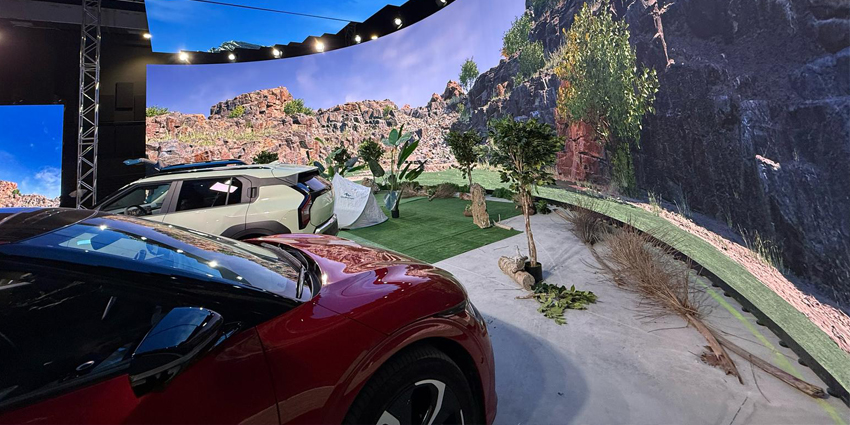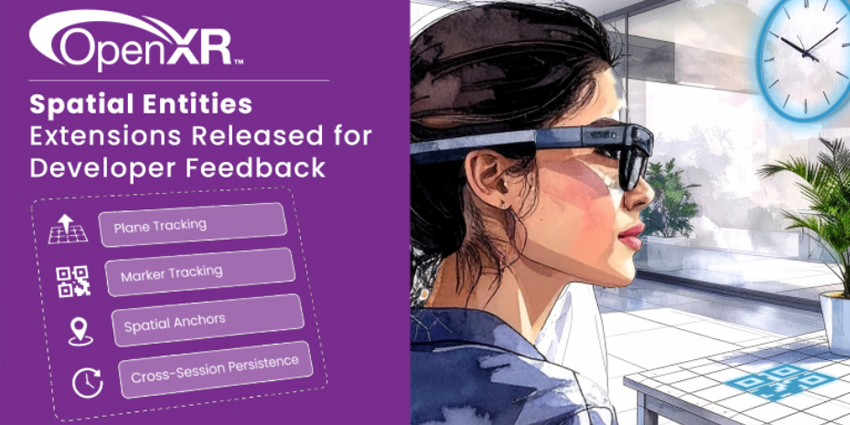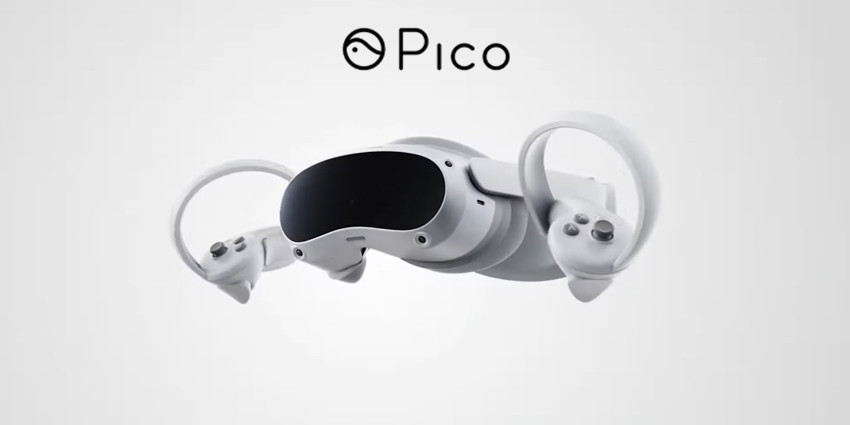Varjo Technologies, a leading high-end manufacturer of extended reality (XR) headsets and solutions, integrated Twinmotion’s architectural, engineering, and construction (AEC) tools for professional designers.
The joint effort will allow Varjo headset owners to work on Twinmotion’s solution this year. Designers can inspect 3D models using Varjo’s class-leading virtual reality (VR) headsets for optimal realism and visual accuracy.
Headsets such as the Varjo Aero can leverage Twinmotion for top-spec resolutions and visual fidelity. This provides a significant advantage over 2D screen viewing, allowing engineers to view buildings at scale.
Jonathan Dreyfus, Computational Practice Specialist at Kohn Pedersen Fox (KPF) Associates, said,
“The combination of Twinmotion and Varjo allows architects to bring their vision to life on a real-world scale, with unmatched visual clarity. Twinmotion’s support for Varjo Aero opens entirely new possibilities for VR in architecture, and we can’t wait to see the results for our overall efficiency and the realism of our models”
Poetry in Twinmotion
VR-powered visualisations will allow people to interact with architectural renderings in real-time, rather than viewing technical measurements. This will allow designers and engineers to fully leverage VR’s spatial computing capabilities to render projects earlier in the developmental process accurately.
Consumer-orientated headsets have not provided the fidelity needed to render architectural models based on specifications needed by designers. With Varjo’s high-fidelity devices and Twinmotion’s impressive visualisations, AEC designers can now view their 3D renderings—immersively and in real-time.
While some support for using VR in architecture has existed, consumer-oriented headsets have failed to display architectural models with high-end visual fidelity. Varjo and Twinmotion’s XR technologies provide this for engineers and designers, adding new dimensions to the designing process.
Use Cases for Varjo’s Class-Leading Visuals
The news comes as the Helsinki-based firm’s VR-3, XR-3, and Aero headsets continue to set the benchmark for visual and graphical fidelity in the industrial XR sector.
Notwithstanding AEC design, its Aero head-mounted display (HMD) is widely used for training pilots in flight simulation. This allows learners to receive points for their training certification via the European Aviation Safety Agency (EASA).
The VRM Switzerland conducts much of the training for EASA qualifications. Varjo’s cutting-edge device allows the facility to train students regularly at a cheaper cost compared to traditional flight simulators.
The device also features 2,880 x 2,720 pixels per eye, 150 nits of brightness, and 115-degree field of view (FoV), among others.
Regarding architectural fidelity, Varjo hosted an opera with the Finnish National Opera and Ballet (FNOB). The event featured operas from Turandot and composers Giacomo Puccini and Franco Alfano.
Sweden’s Malmö Opera and the FNOB co-produced the XR event in February. The Varjo-powered immersive experience leveraged high-fidelity visuals to offer a 1:1 digital twin on Epic Games’ Unreal Engine.







